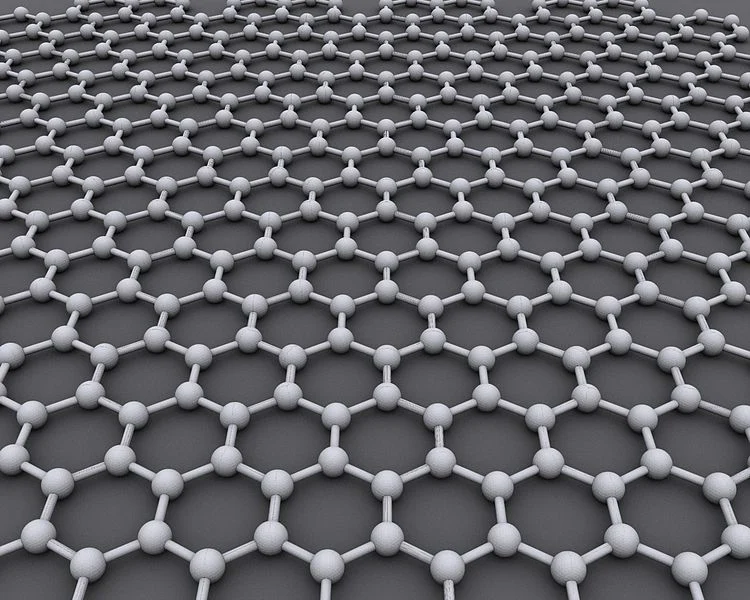A British team of scientists has managed to successfully create elementary magnetic moments in graphene and then switch them on and off.
According to Dr. Irina Grigorieva of the University of Manchester, this is the first time magnetism itself has been toggled, rather than the magnetization direction being reversed.

Modern society is unimaginable without the use of magnetic materials. They have become an integral part of electronic gadgets where devices including hard disks, memory chips and sensors employ miniature magnetic components. Each micro-magnet allows a bit of information (‘0’ or ‘1’) to be stored as two magnetization directions (‘north’ and ‘south’). This area of electronics is called spintronics.
Despite huge advances, a big disappointment of spintronics has so far been its inability to deliver active devices, in which switching between the north and south directions is done in a manner similar to that used in modern transistors. This situation may dramatically change due to the latest discovery.
Graphene is a chicken wire made of carbon atoms. It is possible to remove some of these atoms which results in microscopic holes called vacancies. The Manchester scientists have shown that electrons condense around these holes into small electronic clouds, and each of them behaves like a microscopic magnet carrying one unit of magnetism, spin.
As note above, Dr. Grigorieva and her team demonstrated that the magnetic clouds can be controllably dissipated and then condensed back.
“This breakthrough allows us to work towards transistor-like devices in which information is written down by switching graphene between its magnetic and non-magnetic states,” she explained. “These states can be read out either in the conventional manner by pushing an electric current through or, even better, by using a spin flow. Such transistors have been a holy grail of spintronics.”
Dr Rahul Nair, who led the experimental effort, comments “Previously, one could only change a direction in which a magnet is magnetized from north to south. Now we can switch on and off the magnetism entirely.
“Graphene already attracts interest in terms of spintronics applications, and I hope that the latest discovery will make it a frontrunner.”






